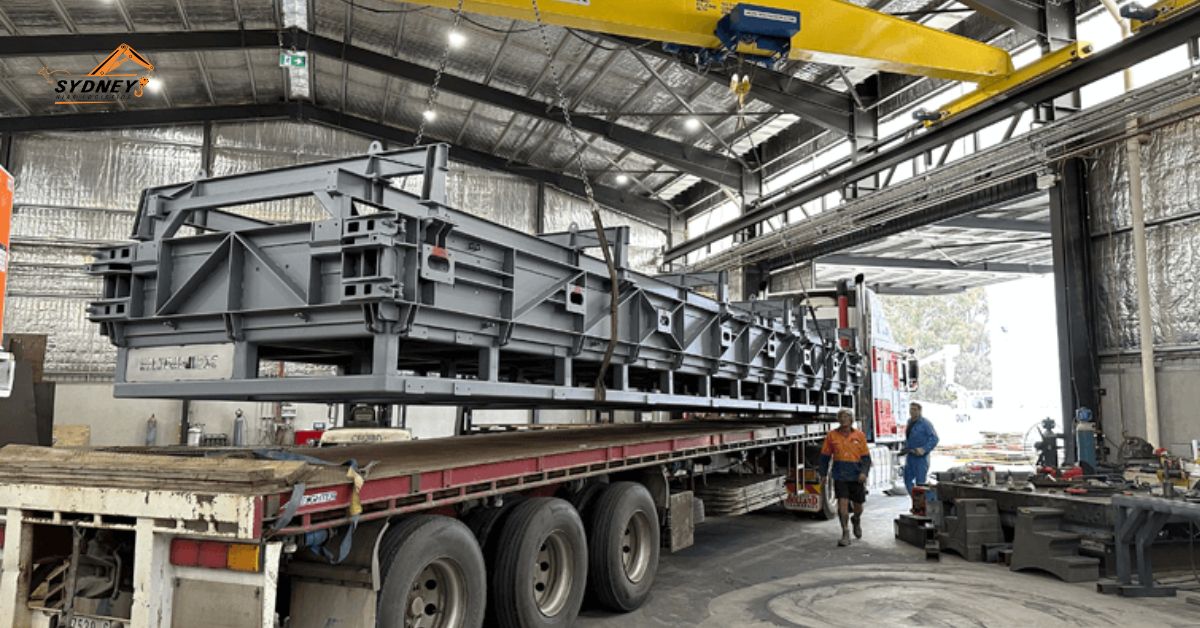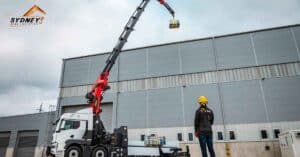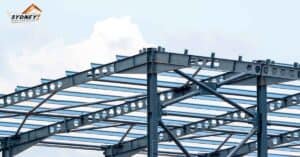Steel is one of the most versatile materials used across a wide variety of industries, from construction and infrastructure to manufacturing and engineering. Whether it’s raw steel or processed steel products like beams, rods, coils, or plates, transporting steel is a critical part of ensuring that construction projects, factories, and manufacturing plants run smoothly. Steel transportation, however, comes with its unique set of challenges, and understanding these is key to ensuring safe, efficient, and cost-effective delivery.
In this blog, we’ll explore everything you need to know about steel transportation, including the types of steel loads, the methods used for transport, safety considerations, and the role logistics play in ensuring on-time deliveries.
1. Types of Steel Products and Their Transportation Needs
Steel comes in various forms, and each type has specific transportation requirements. Some of the common types of steel products that require transportation include:
- Steel Beams: These are commonly used in construction for building frameworks. Beams can be long and heavy, requiring specialised equipment to load, transport, and unload them.
- Steel Sheets and Plates: These flat materials are often used in manufacturing and construction. They can be large and heavy, and they require careful handling to avoid damage, such as scratching or bending.
- Steel Coils: Rolled steel that is wound into coils is often transported in bulk. Steel coils can be very heavy and may need special equipment like coil carriers to move them.
- Steel Bars and Rods: Used in a variety of industries, including construction (reinforcement bars) and manufacturing, these products require careful loading to prevent tangling or damage during transportation.
- Steel Tubes and Pipes: Transporting tubes and pipes requires ensuring they are kept stable to prevent rolling or damage to the surface.
2. Methods of Steel Transportation
Steel transportation involves different modes of transport, each chosen based on the specific type of steel being moved, the distance, and the urgency of the delivery. Here are the main transportation methods:
- Road Transport: For many steel products, road transport is the most practical option. Large trucks and flatbed trailers are used to move steel across short to medium distances. Heavy-duty trucks are equipped with cranes or other lifting equipment for loading and unloading, especially for large or awkwardly shaped steel items like beams.
- Flatbed Trucks: Flatbeds are the most common type of transport used for steel. They can carry large, long, and heavy loads, and the products are usually strapped down or secured with tarps to prevent shifting.
- Hiab Trucks: These trucks come with a hydraulic crane, which makes them especially useful for loading and unloading heavy steel products. Hiab trucks can lift and position steel loads without the need for external cranes, making them a versatile option.
- Rail Transport: For large quantities of steel being transported over long distances, rail transport can be a cost-effective and efficient solution. Rail cars are designed to carry bulk steel products, such as steel coils, rods, and long beams. Rail transport is ideal for large shipments, but it requires additional coordination for loading and unloading at various points along the route.
- Sea Freight: For international shipping, sea freight is commonly used to transport steel across oceans. Steel products are loaded into containers or on bulk carriers and shipped to ports around the world. Sea freight is economical for large volumes of steel, but it requires careful coordination to ensure safe unloading once the products reach their destination.
- Air Freight: Although less common due to the high cost, air freight can be used to transport smaller, more urgent shipments of steel. Air freight is typically used when the steel is required in a location that cannot be easily accessed by road or sea, or when speed is a critical factor.
3. Challenges in Steel Transportation
Transporting steel presents a range of challenges that logistics companies must address. Some of the most common challenges include:
- Weight and Size: Steel products are often heavy and bulky, making them difficult to transport. This requires specialised equipment like heavy-duty trucks and cranes. In some cases, oversised permits may be required for road transport if the steel exceeds standard dimensions.
- Damage Prevention: Steel is susceptible to surface damage, such as scratches, dents, and rust. Protecting the material during transport is crucial to prevent financial losses and ensure the products arrive at their destination in good condition. Proper packaging, secure loading, and the use of tarps or coverings are necessary.
- Timely Delivery: Steel is often needed on construction sites or in manufacturing plants on a tight schedule. Delays in transportation can cause project delays, resulting in costly downtime. Managing delivery schedules and ensuring that all logistics components (loading, transit, unloading) are well coordinated is essential.
- Weather Conditions: Weather can significantly impact steel transportation. Heavy rain, high winds, or snow can cause delays, particularly for road and rail transport. Additionally, extreme temperatures can affect the integrity of certain steel products, especially during long-distance shipments.
- Regulatory Compliance: Depending on the route and type of load, there may be specific regulations that need to be adhered to. Oversized or overweight loads may require special permits, and drivers must be aware of height or weight restrictions on certain roads or bridges.
4. Safety Considerations in Steel Transportation
Transporting steel safely requires careful planning and execution to avoid accidents, injuries, and damage to goods. Here are some important safety considerations:
- Proper Loading and Securing: Steel must be loaded and secured correctly to prevent shifting or falling during transport. This includes using appropriate restraints, such as chains, straps, and tie-downs, and ensuring the load is balanced.
- Training and Expertise: Drivers and workers involved in the loading, transport, and unloading of steel should be properly trained. They must understand the specific requirements for handling steel and be skilled in using equipment like cranes or forklifts safely.
- Inspection and Maintenance of Vehicles: Regular inspection and maintenance of vehicles and equipment are vital for ensuring safety during transport. Flatbed trucks, cranes, and trailers should all be regularly checked for wear and tear, ensuring they are in good working condition before use.
- Traffic and Road Safety: Given the size and weight of steel loads, drivers must be cautious of road conditions, including narrow roads, bridges, and overhead clearances. In some cases, escort vehicles or police may be needed for particularly large or heavy loads.
5. The Role of Technology in Steel Transportation
Advancements in logistics technology have made steel transportation more efficient and transparent. Tools such as GPS tracking, route optimisation software, and real-time delivery tracking allow logistics companies and customers to stay informed about delivery statuses, reducing the chances of delays.
Additionally, predictive analytics and digital documentation can streamline administrative tasks, improve scheduling, and enhance the coordination of resources during transportation.
Conclusion
Steel transportation plays a vital role in ensuring industries and construction projects have the necessary materials to meet their demands. While transporting steel may seem straightforward, it involves careful planning, the right equipment, and a deep understanding of the challenges involved. By considering the types of steel, transportation methods, safety protocols, and modern logistics technologies, companies can ensure the efficient and secure delivery of steel products across Australia and beyond.
Whether it’s through road, rail, or sea, proper steel transportation is essential for maintaining the flow of critical materials that power economies and industries worldwide.




